Buying a home is a dream for many, but having bad credit can make this dream seem out of reach. However, there are loan options available specifically designed to help those with less-than-perfect credit scores. In this guide, we will explore the top 5 loans for buying a house with bad credit in the USA, providing insights on their benefits, application processes, and key features.
Understanding Bad Credit Home Loans
What Are Bad Credit Home Loans?
Bad credit home loans are mortgage options tailored for individuals with lower credit scores. These loans offer flexible terms and are designed to help people who might not qualify for traditional mortgages due to their credit history.
Why Consider Bad Credit Home Loans?
- Access to Homeownership: They provide a pathway to homeownership for those with poor credit.
- Flexible Requirements: These loans often have more lenient credit and income requirements.
- Credit Improvement: Making timely payments on a mortgage can help improve your credit score over time.
Top 5 Loans for Buying a House with Bad Credit
1. FHA Loans
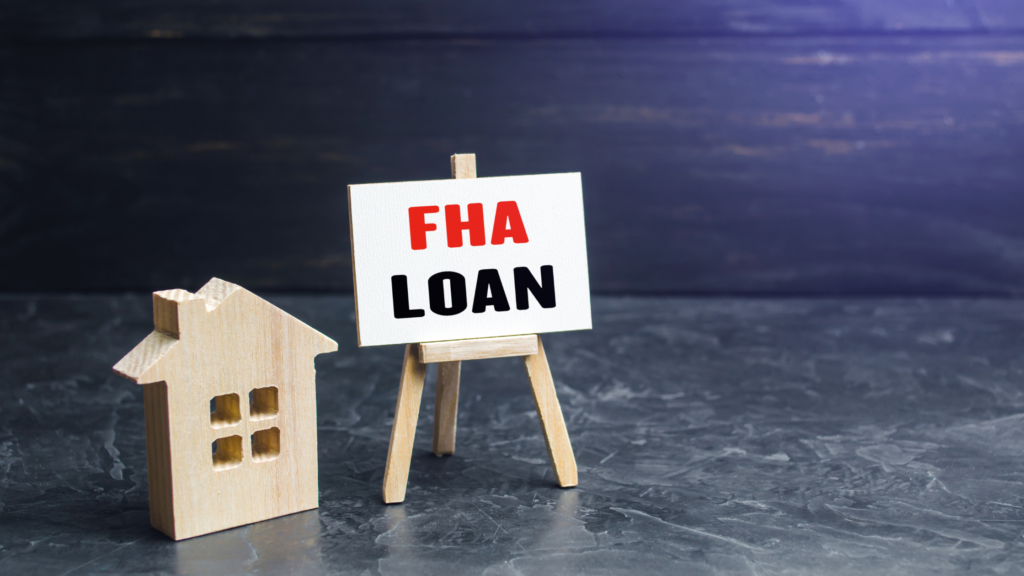
Overview
FHA (Federal Housing Administration) loans are government-backed mortgages designed for low-to-moderate-income borrowers. They are popular among first-time homebuyers and those with bad credit.
Key Features
- Credit Score Requirements: Minimum credit score of 500 with a 10% down payment, or 580 with a 3.5% down payment.
- Loan Term: Typically 15 to 30 years.
- Interest Rates: Generally lower than conventional loans.
Benefits
- Low Down Payment: As low as 3.5% for those with a credit score of 580 or higher.
- Easier Qualification: Lenient credit requirements make it accessible for more borrowers.
- Fixed Interest Rates: Predictable monthly payments.
Considerations
- Mortgage Insurance: Required for the life of the loan.
- Property Standards: The home must meet certain safety and habitability standards.
2. VA Loans
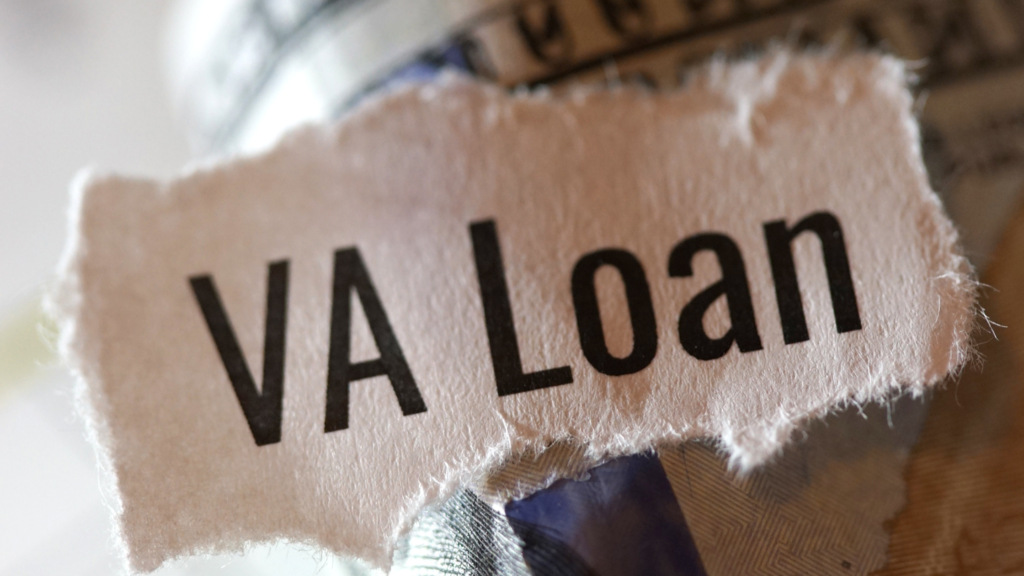
Overview
VA (Veterans Affairs) loans are available to veterans, active-duty service members, and certain members of the National Guard and Reserves. These loans are backed by the VA and offer excellent terms for those who qualify.
Key Features
- Credit Score Requirements: No minimum credit score set by the VA, but lenders typically require a score of at least 620.
- Loan Term: Typically 15 to 30 years.
- Interest Rates: Competitive rates often lower than conventional loans.
Benefits
- No Down Payment: 100% financing is available for eligible borrowers.
- No PMI: No private mortgage insurance is required.
- Easier Qualification: More lenient credit and income requirements.
Considerations
- Funding Fee: A one-time fee is required, which can be rolled into the loan.
- Eligibility: Restricted to veterans, active-duty service members, and certain others.
3. USDA Loans
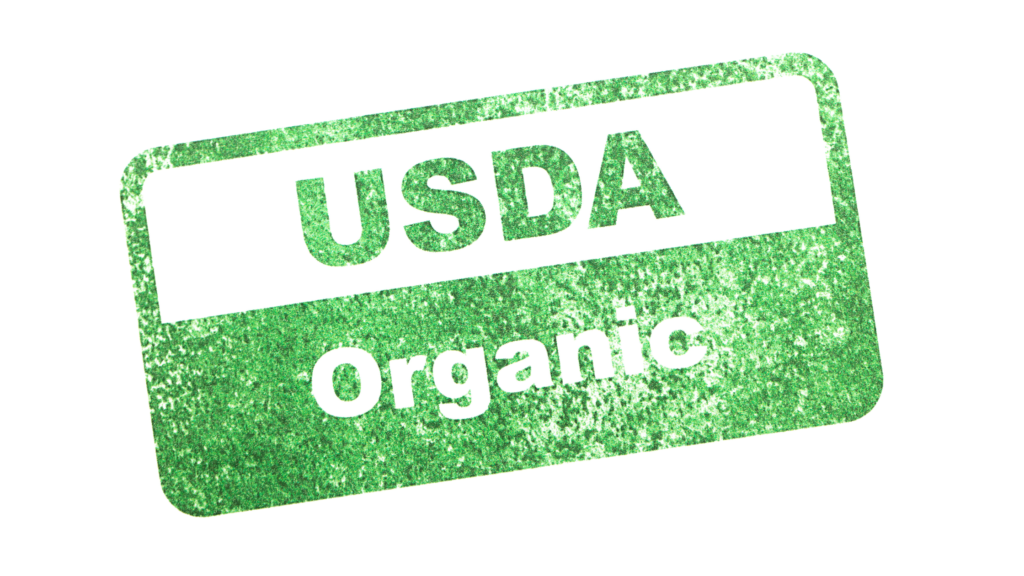
Overview
USDA (United States Department of Agriculture) loans are designed for rural and suburban homebuyers who meet certain income requirements. These loans are backed by the USDA and offer favorable terms.
Key Features
- Credit Score Requirements: Minimum credit score of 640 is typical.
- Loan Term: Typically 30 years.
- Interest Rates: Competitive rates, often lower than conventional loans.
Benefits
- No Down Payment: 100% financing available.
- Lower Interest Rates: Often lower than conventional mortgages.
- Flexible Credit Requirements: More lenient on credit scores and financial history.
Considerations
- Geographic Restrictions: Only available in eligible rural and suburban areas.
- Income Limits: Borrowers must meet certain income requirements.
4. Subprime Mortgages
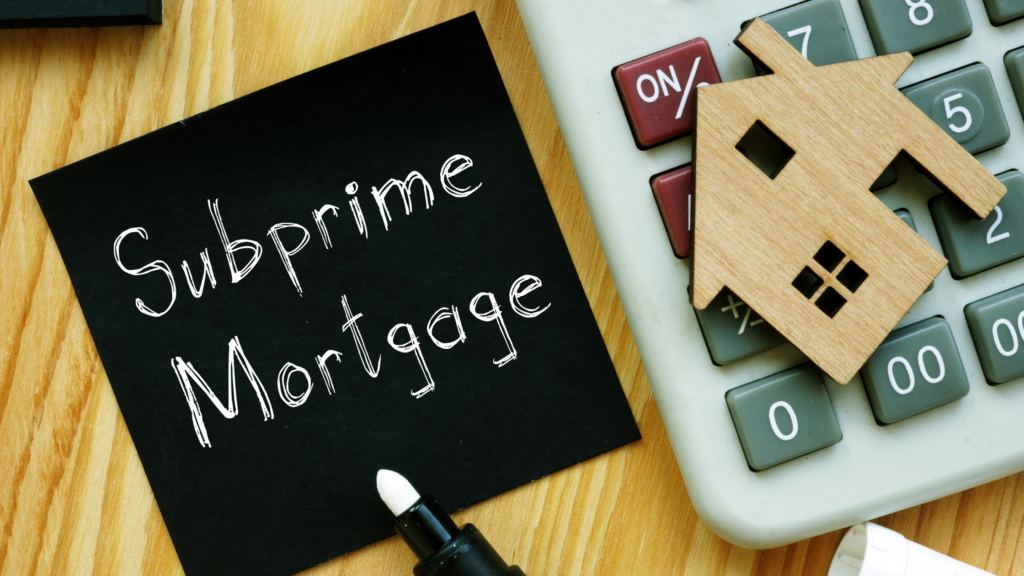
Overview
Subprime mortgages are designed for borrowers with lower credit scores and typically have higher interest rates to offset the risk to the lender. They can be a viable option for those unable to secure traditional financing.
Key Features
- Credit Score Requirements: Typically available to those with credit scores below 620.
- Loan Term: Varies by lender.
- Interest Rates: Higher than conventional mortgages.
Benefits
- Accessibility: Available to those with bad credit.
- Flexible Terms: Lenders may offer various terms to fit the borrower’s needs.
- Credit Building: Can help improve credit score with timely payments.
Considerations
- Higher Costs: Higher interest rates and fees.
- Risk of Foreclosure: Higher monthly payments can lead to increased risk of default and foreclosure.
5. Portfolio Loans
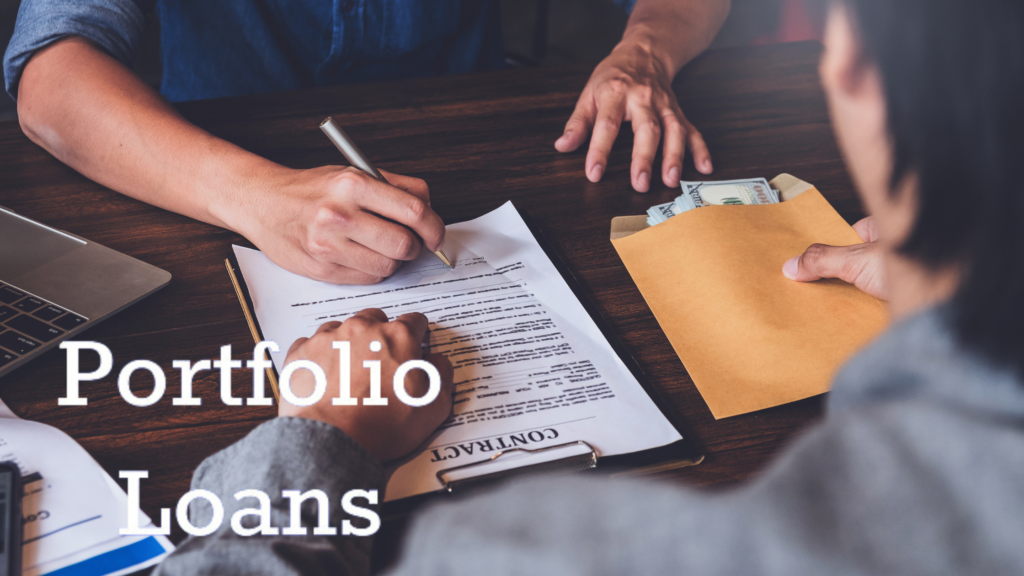
Overview
Portfolio loans are held by the lender and not sold on the secondary market. This allows lenders to create their own criteria for approval, making them more flexible for borrowers with bad credit.
Key Features
- Credit Score Requirements: Varies by lender, often more flexible.
- Loan Term: Varies by lender.
- Interest Rates: Typically higher than conventional loans.
Benefits
- Flexible Approval Criteria: Lenders can set their own terms and conditions.
- Tailored Solutions: Loans can be customized to fit the borrower’s unique situation.
- Credit Building: Helps improve credit with timely payments.
Considerations
- Higher Interest Rates: Reflect the increased risk to the lender.
- Limited Availability: Not all lenders offer portfolio loans.
Tips for Securing a Bad Credit Home Loan
Improve Your Credit Score
Before applying for a loan, take steps to improve your credit score. Pay down debt, make all payments on time, and correct any errors on your credit report.
Save for a Down Payment
Having a larger down payment can improve your chances of securing a loan and getting better terms. Aim to save at least 10-20% of the home’s purchase price if possible.
Consider a Co-Signer
A co-signer with good credit can improve your chances of approval and help you secure better terms on your loan.
Shop Around
Compare offers from multiple lenders to find the best rates and terms. Consider working with a mortgage broker who can help you navigate the options.
Be Prepared with Documentation
Lenders will require documentation of your income, assets, and credit history. Be prepared with recent pay stubs, tax returns, and bank statements.
Conclusion
Navigating the home buying process with bad credit can be challenging, but it’s not impossible. By exploring the options available through FHA, VA, USDA, subprime, and portfolio loans, you can find a pathway to homeownership that fits your financial situation. Remember to improve your credit where possible, save for a down payment, and shop around for the best terms. With careful planning and the right loan, your dream of owning a home can become a reality.
Read also : Your Path to a New Home: Best Loans for Bad Credit Buyers
Read also : Zero Down, Zero Worries: Best Loans for Bad Credit in the USA
